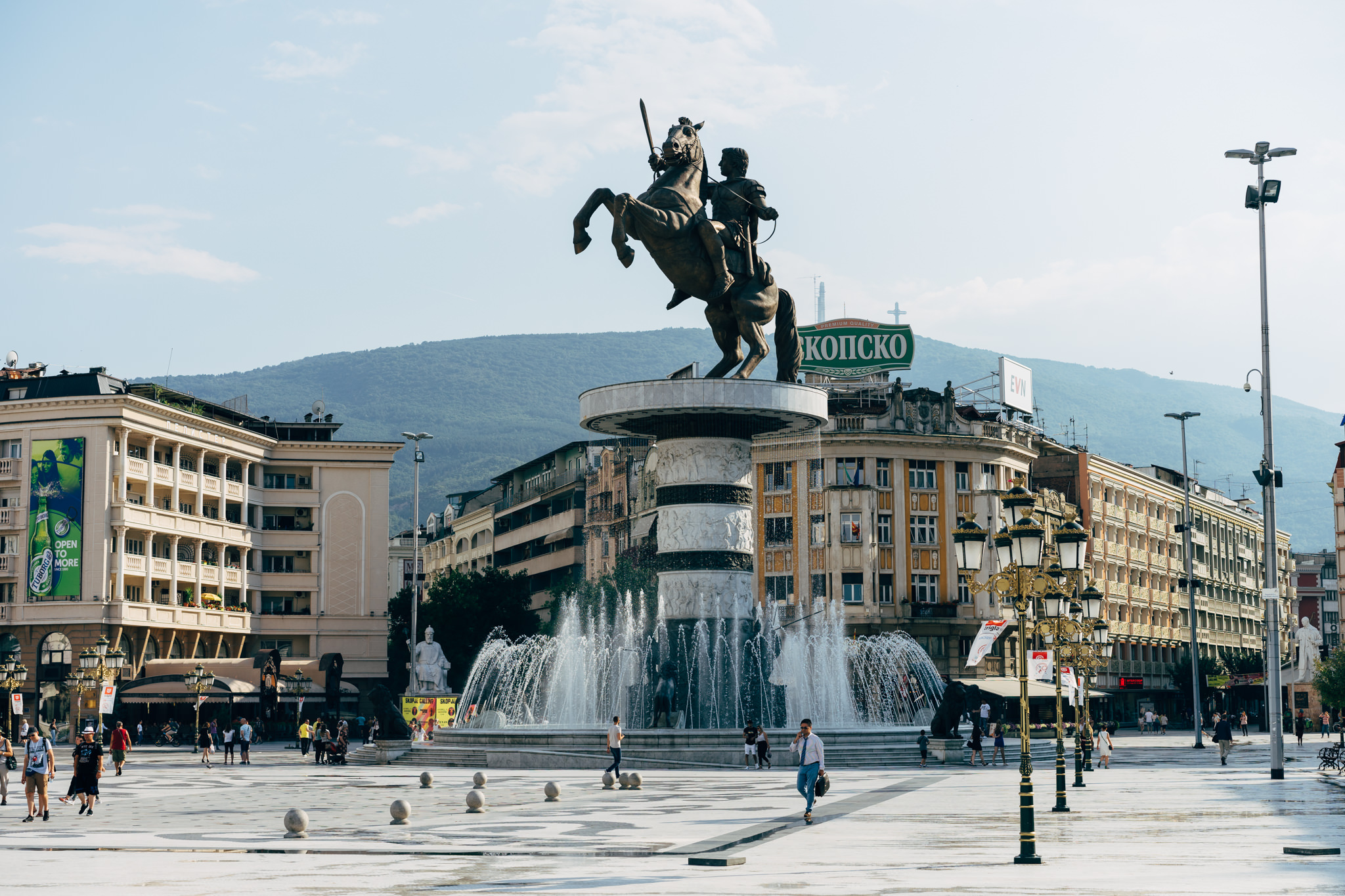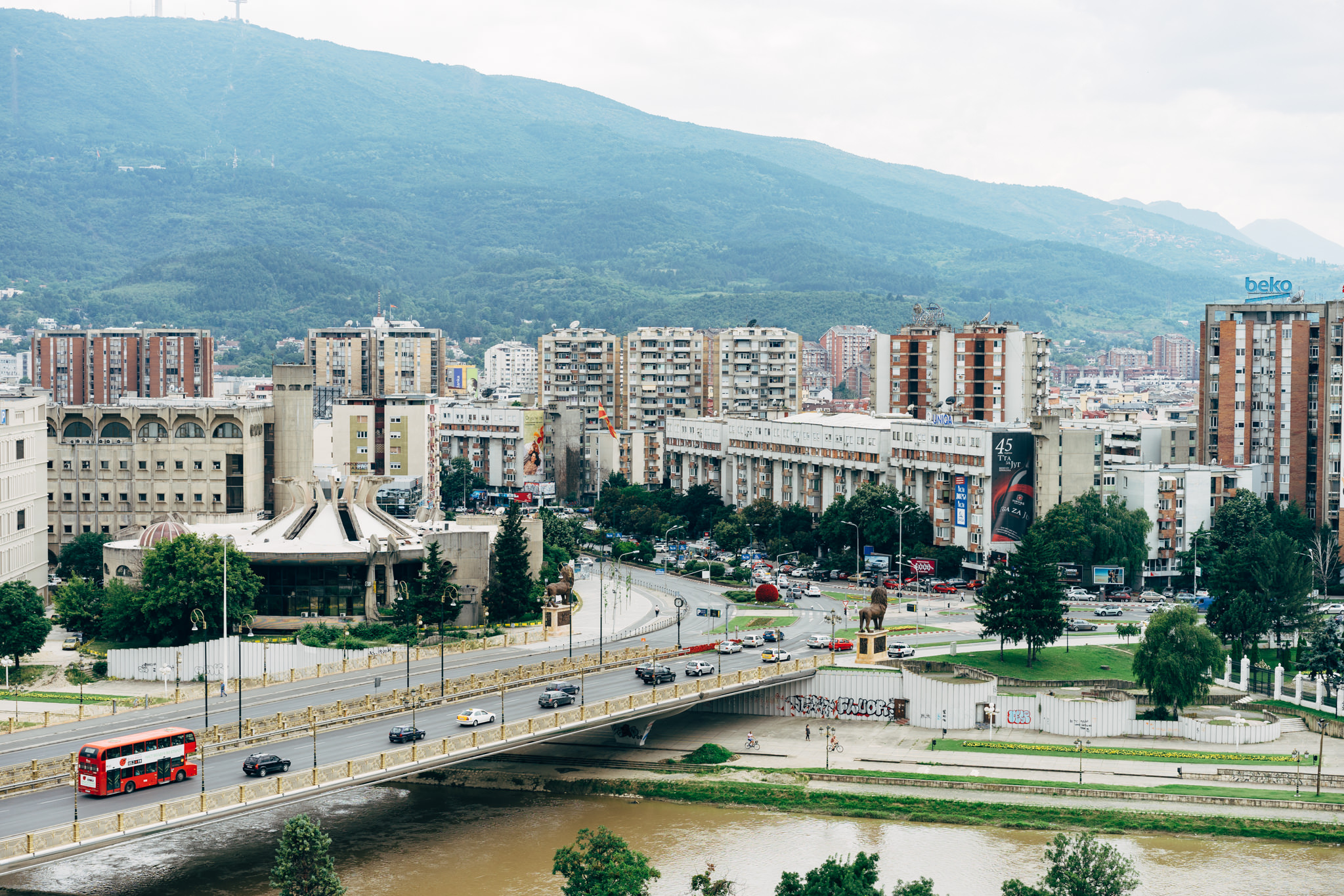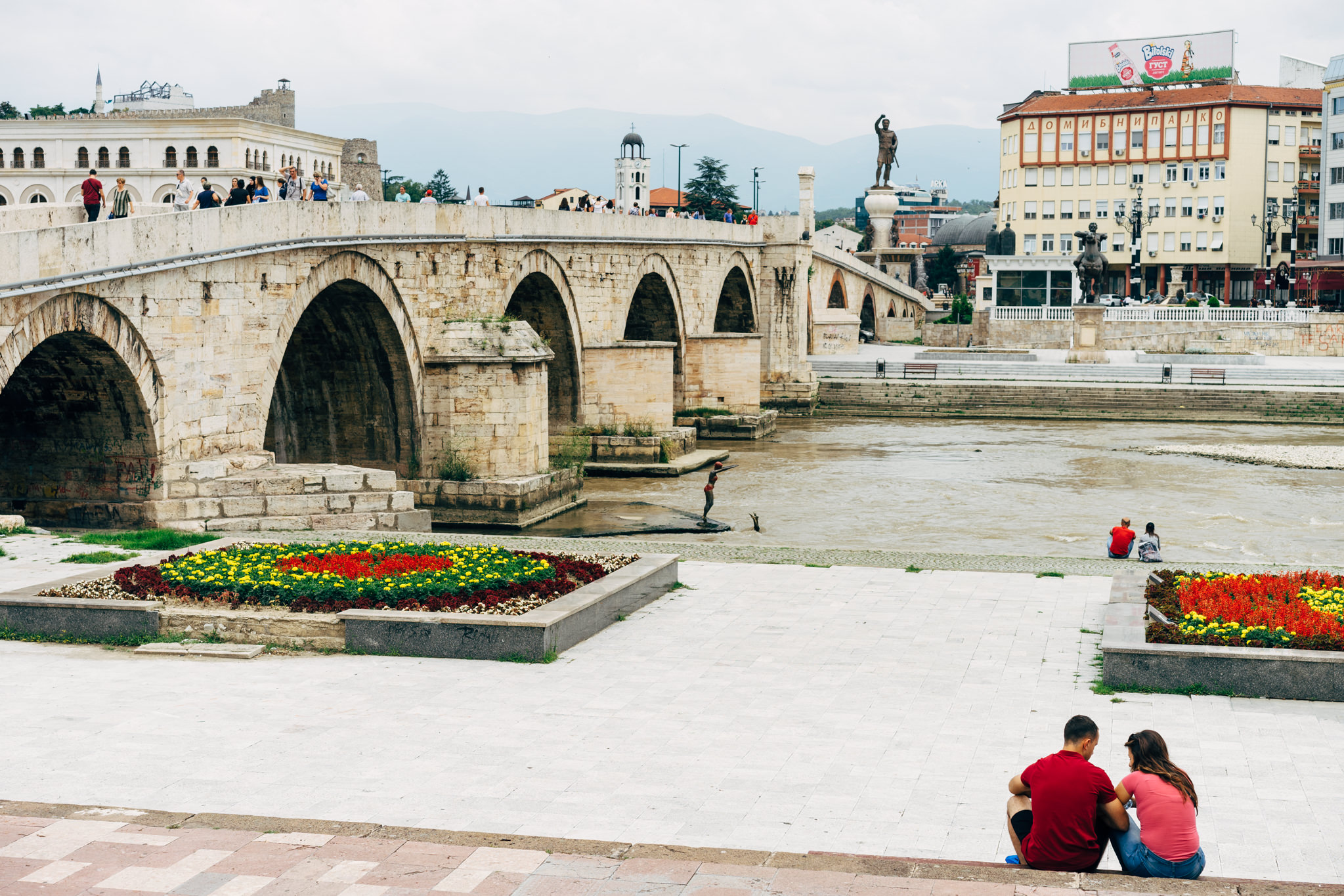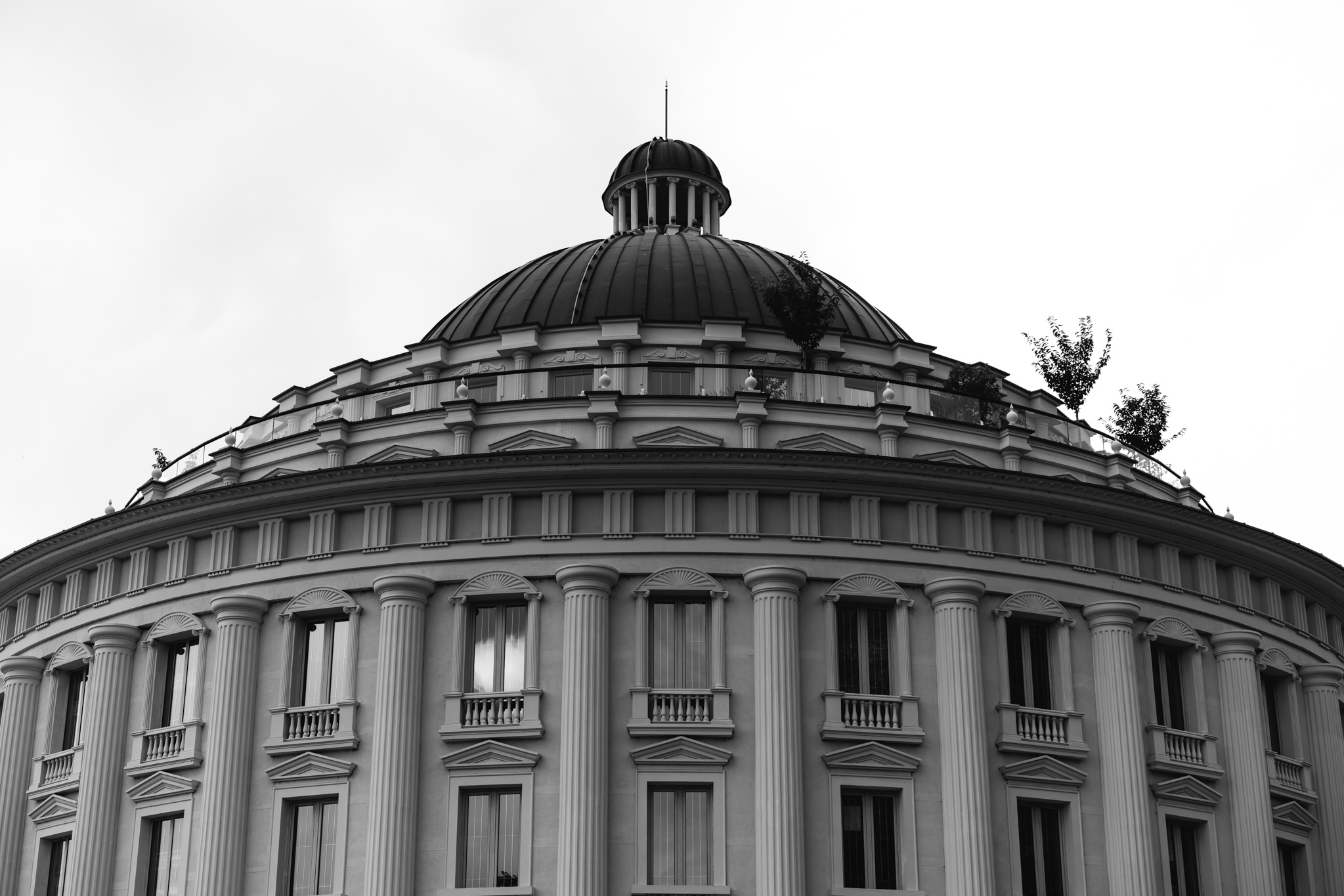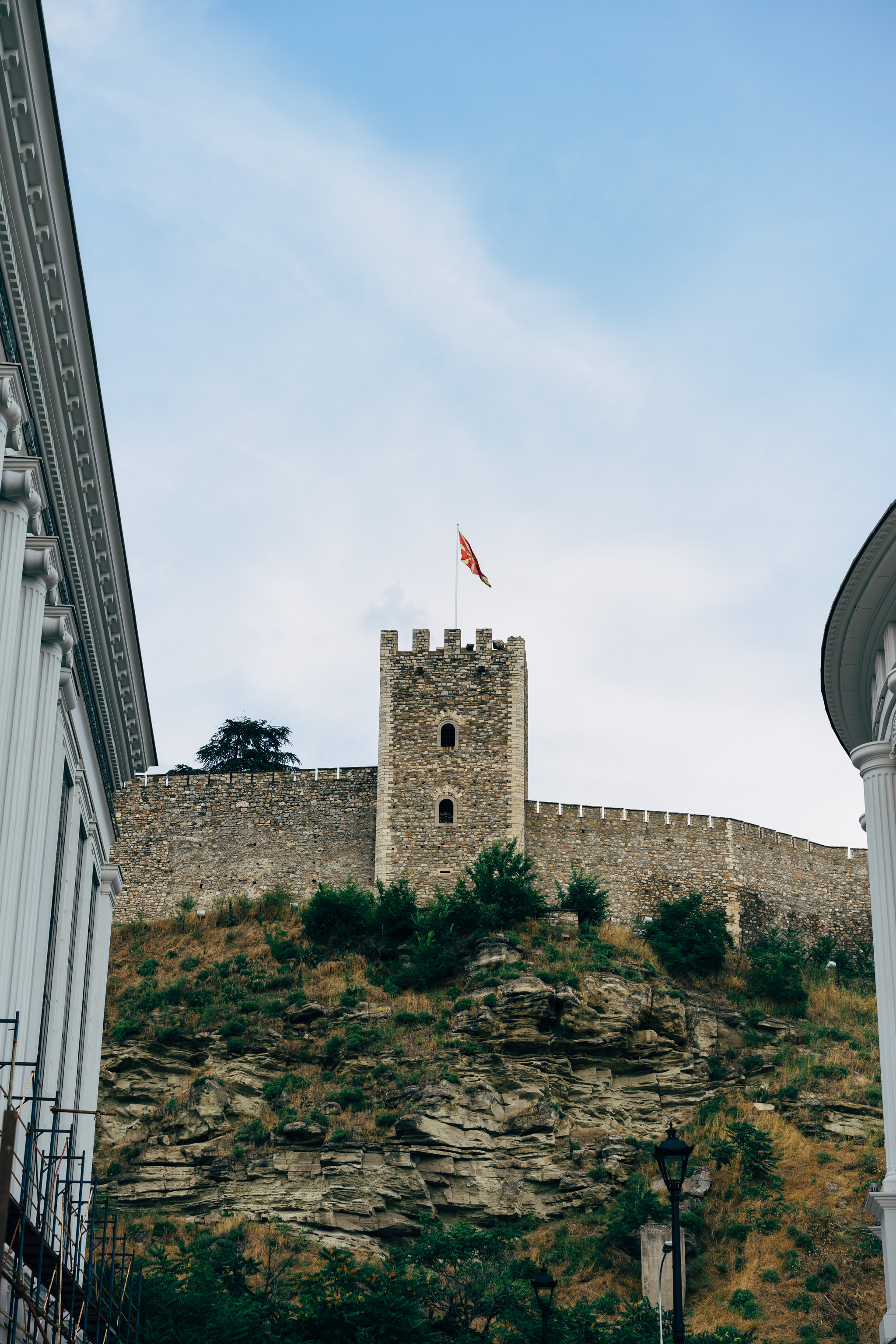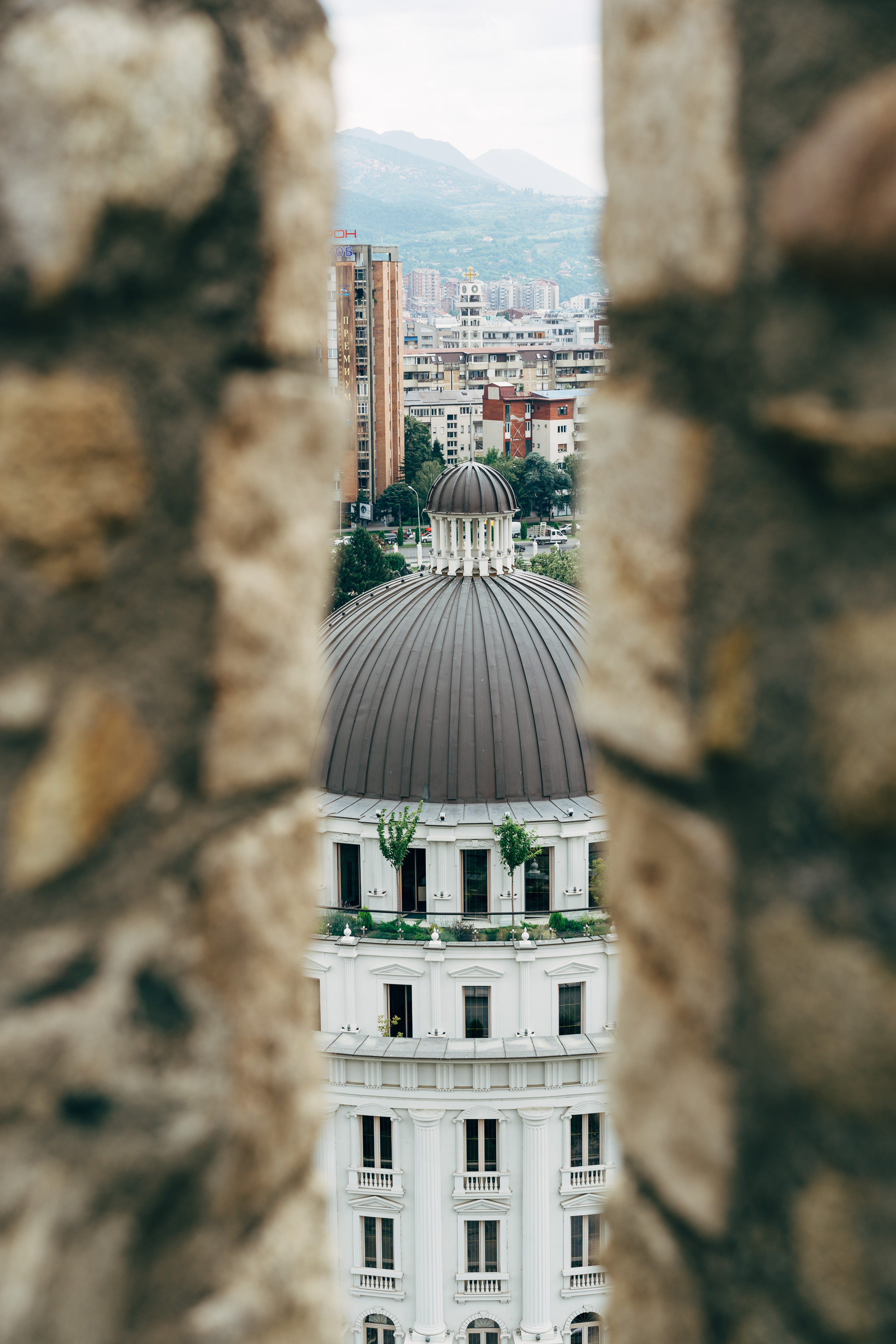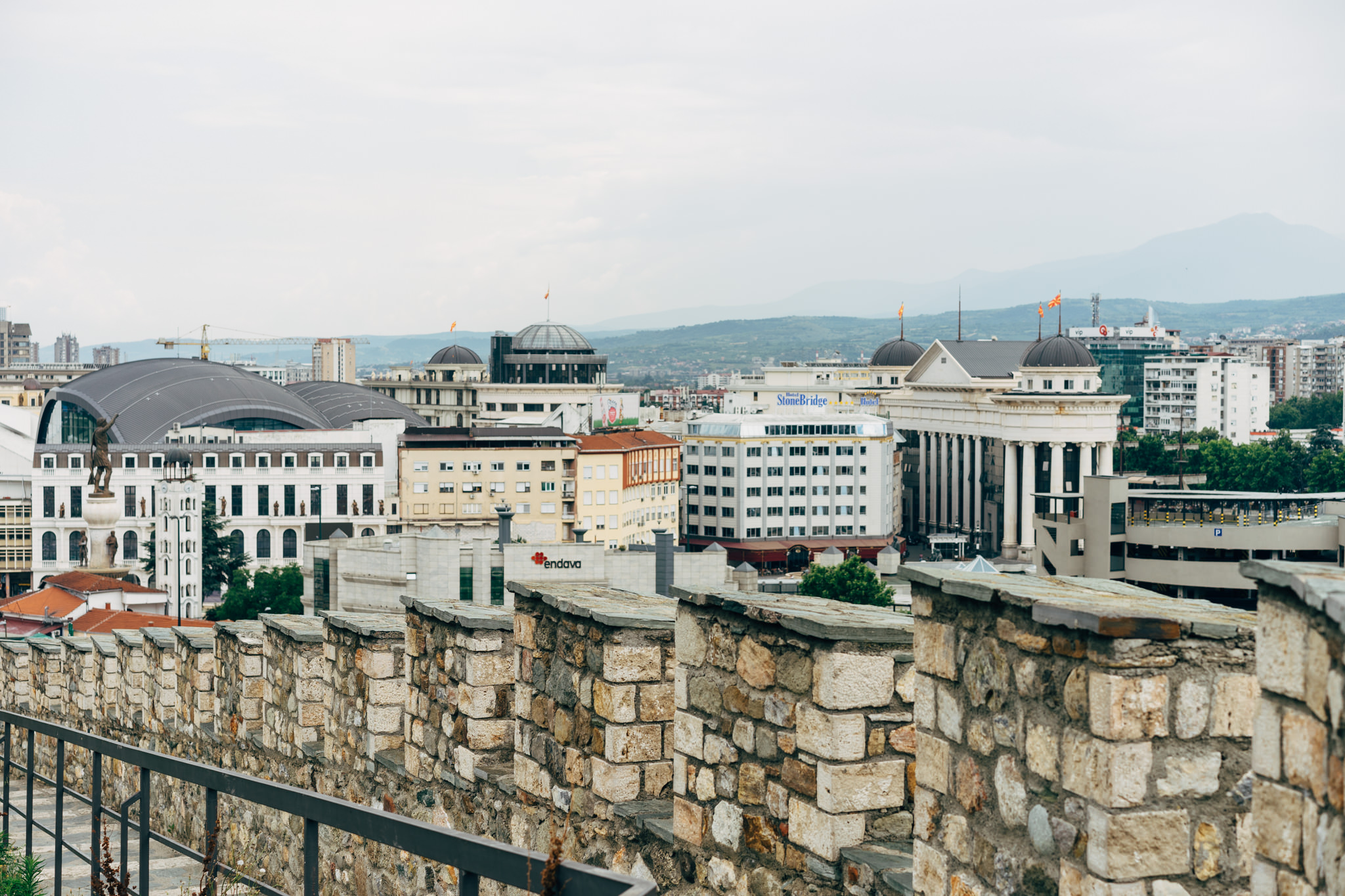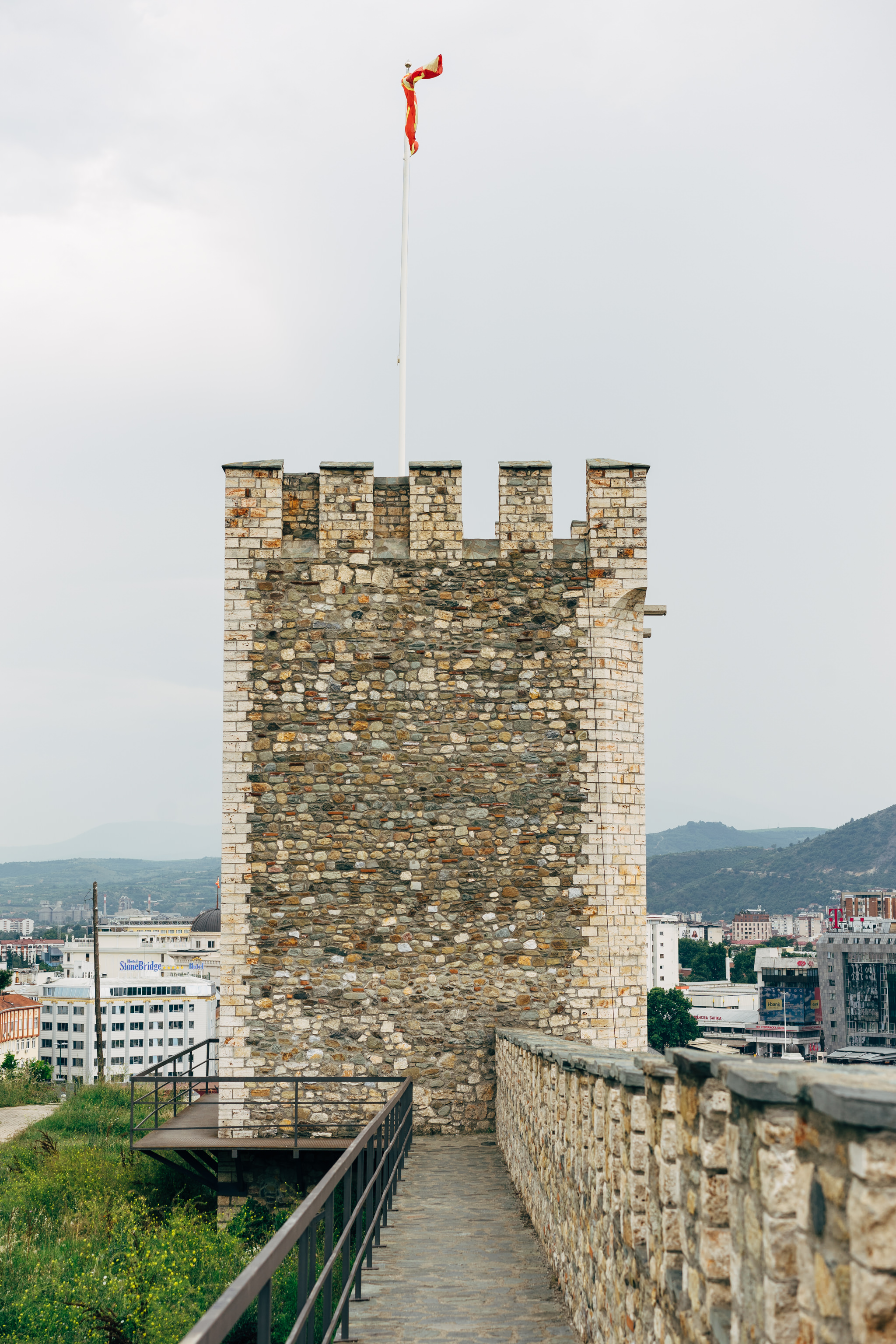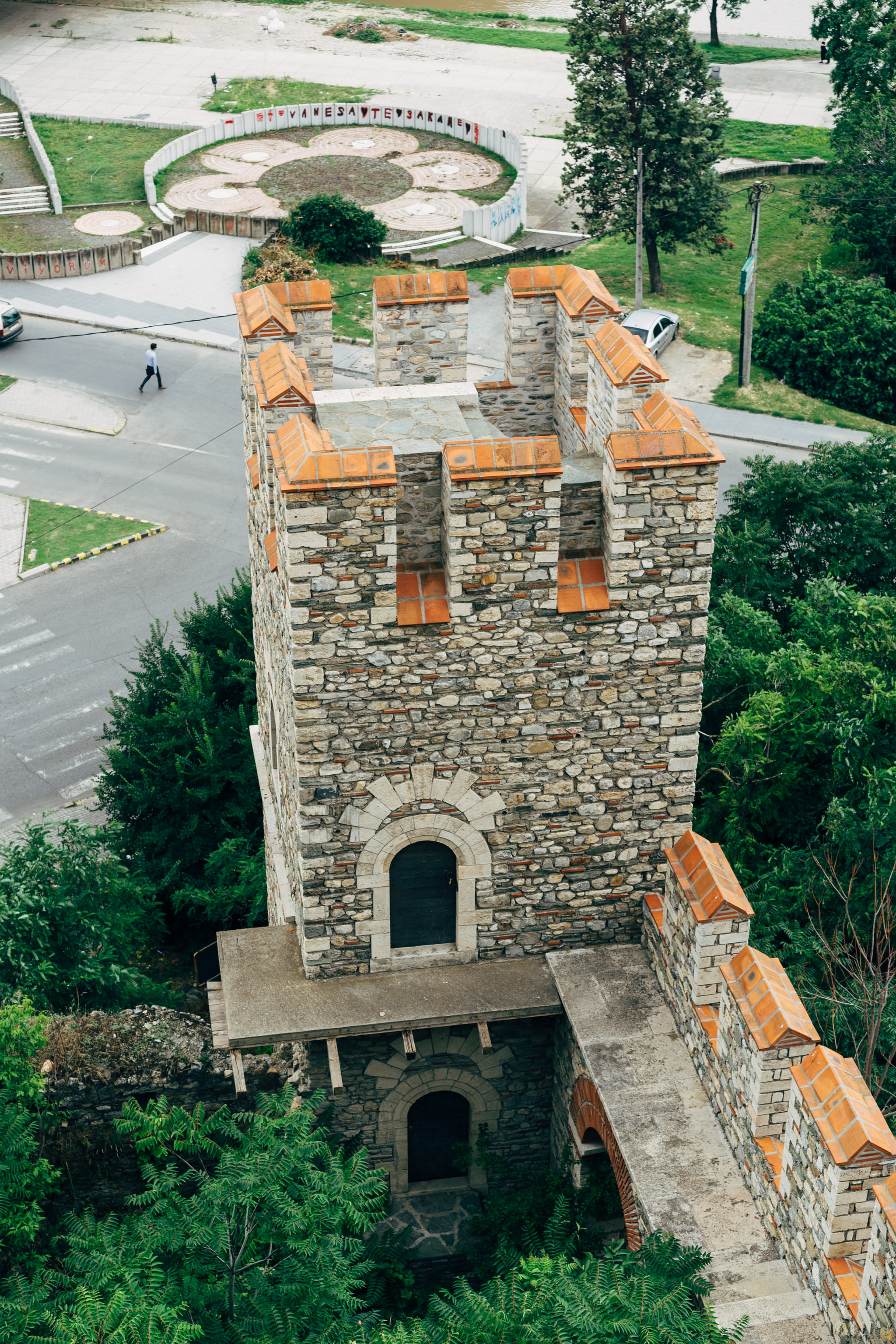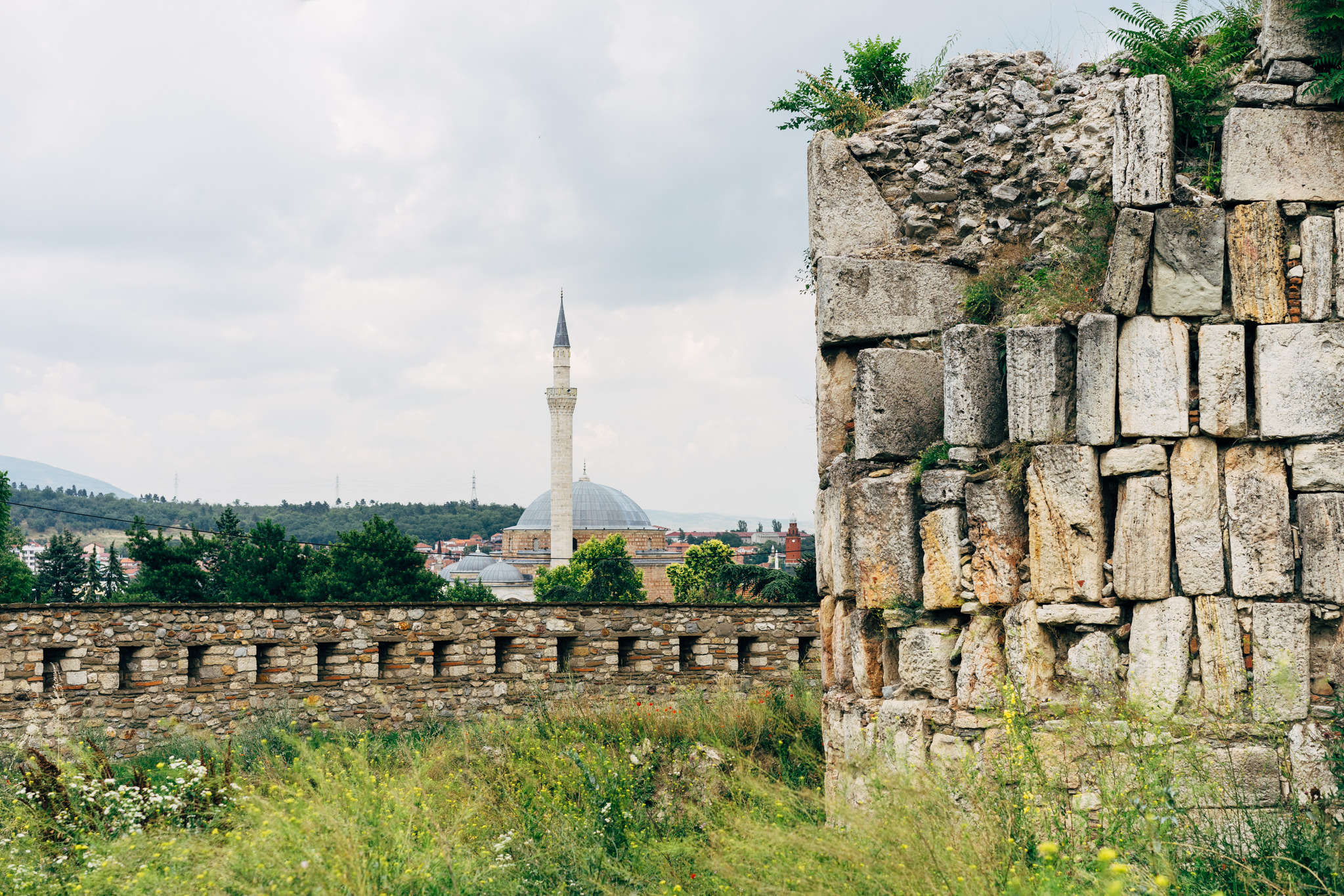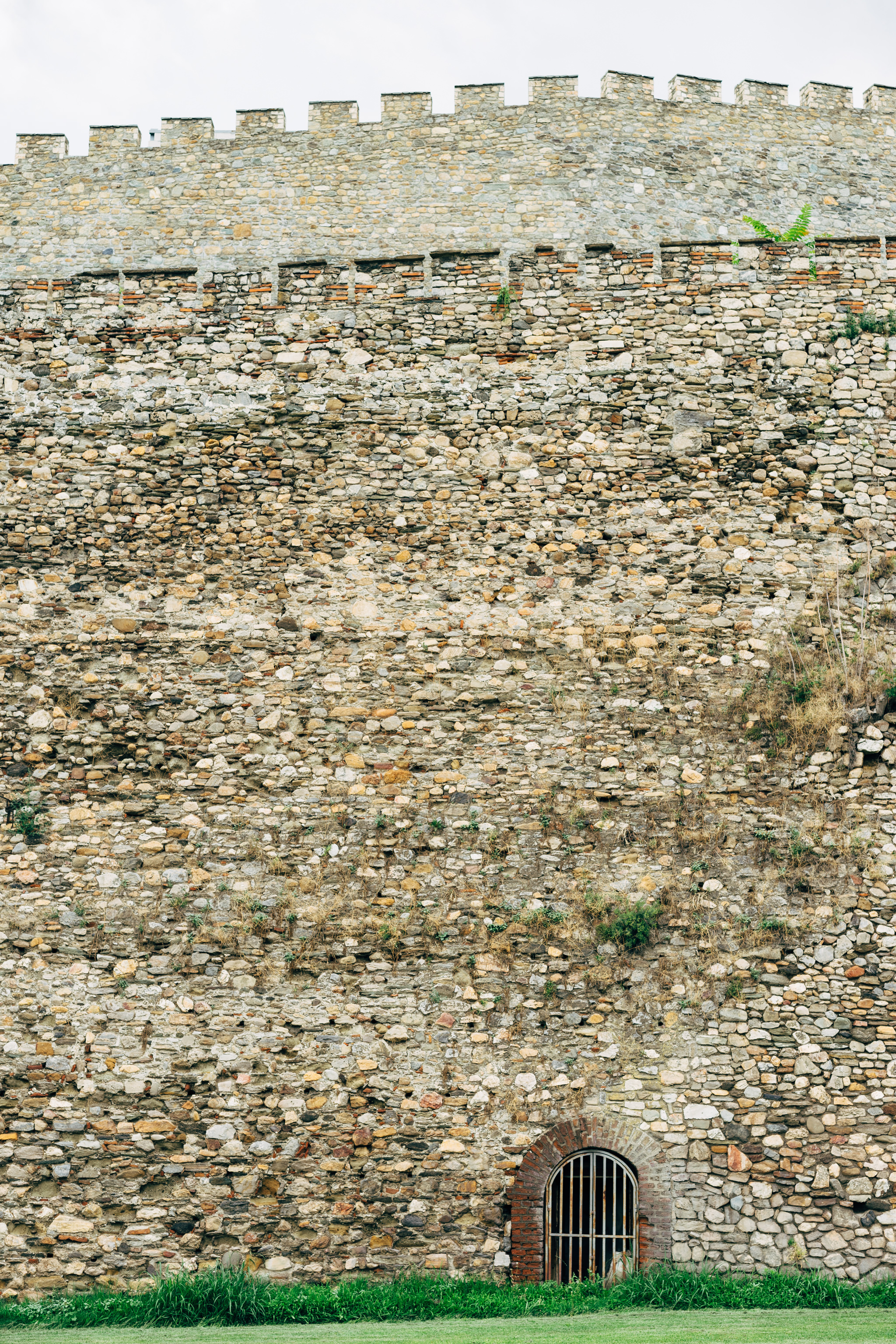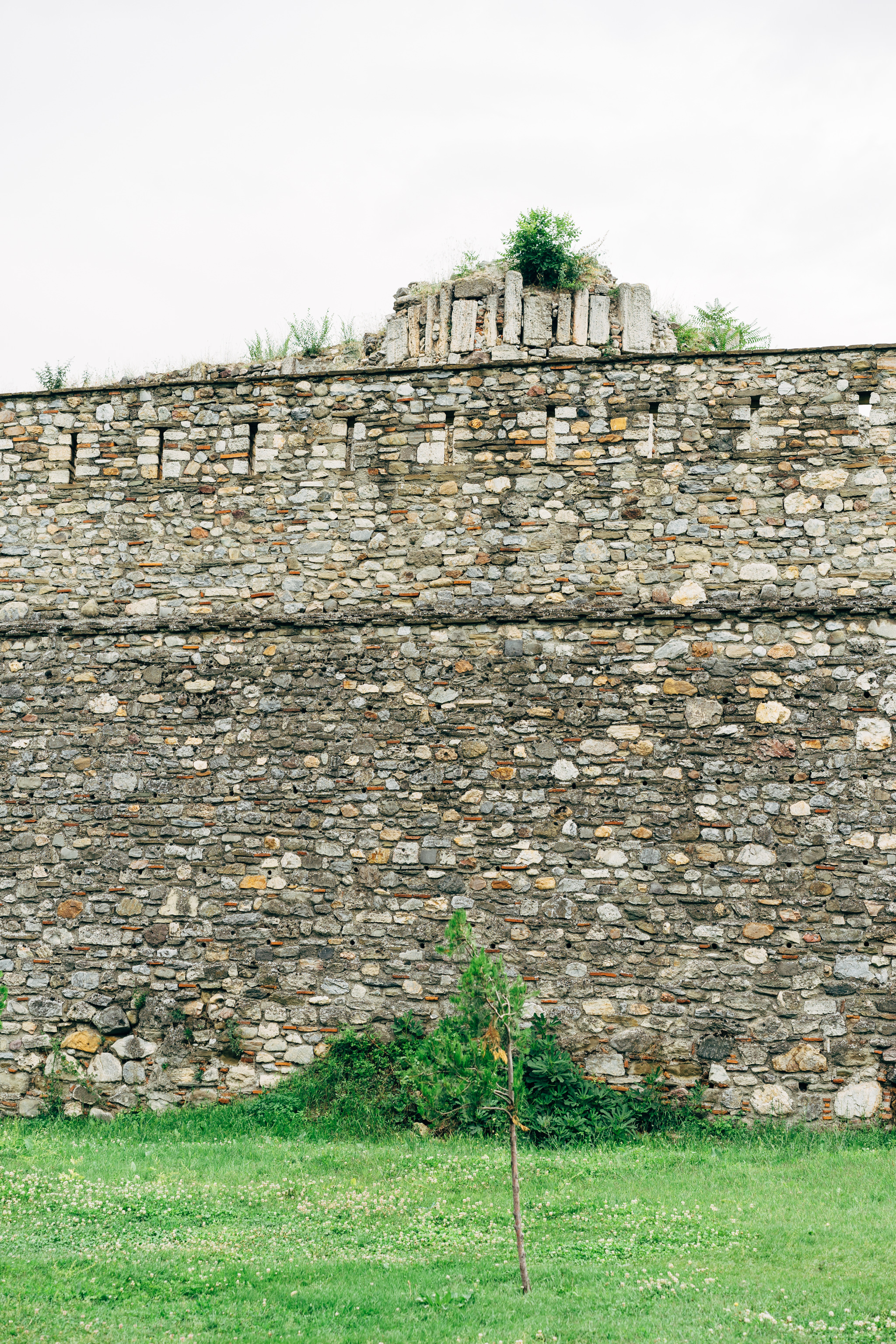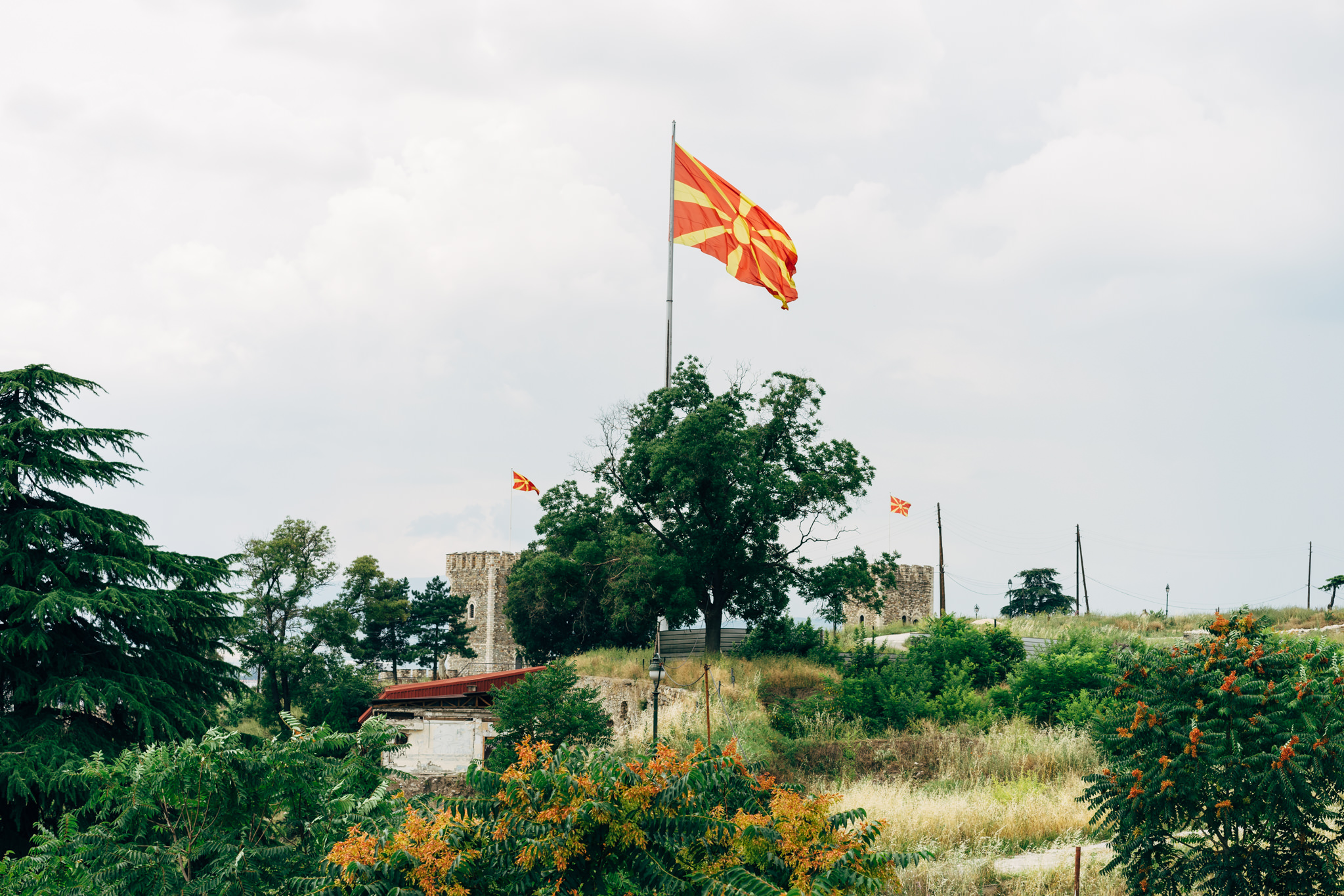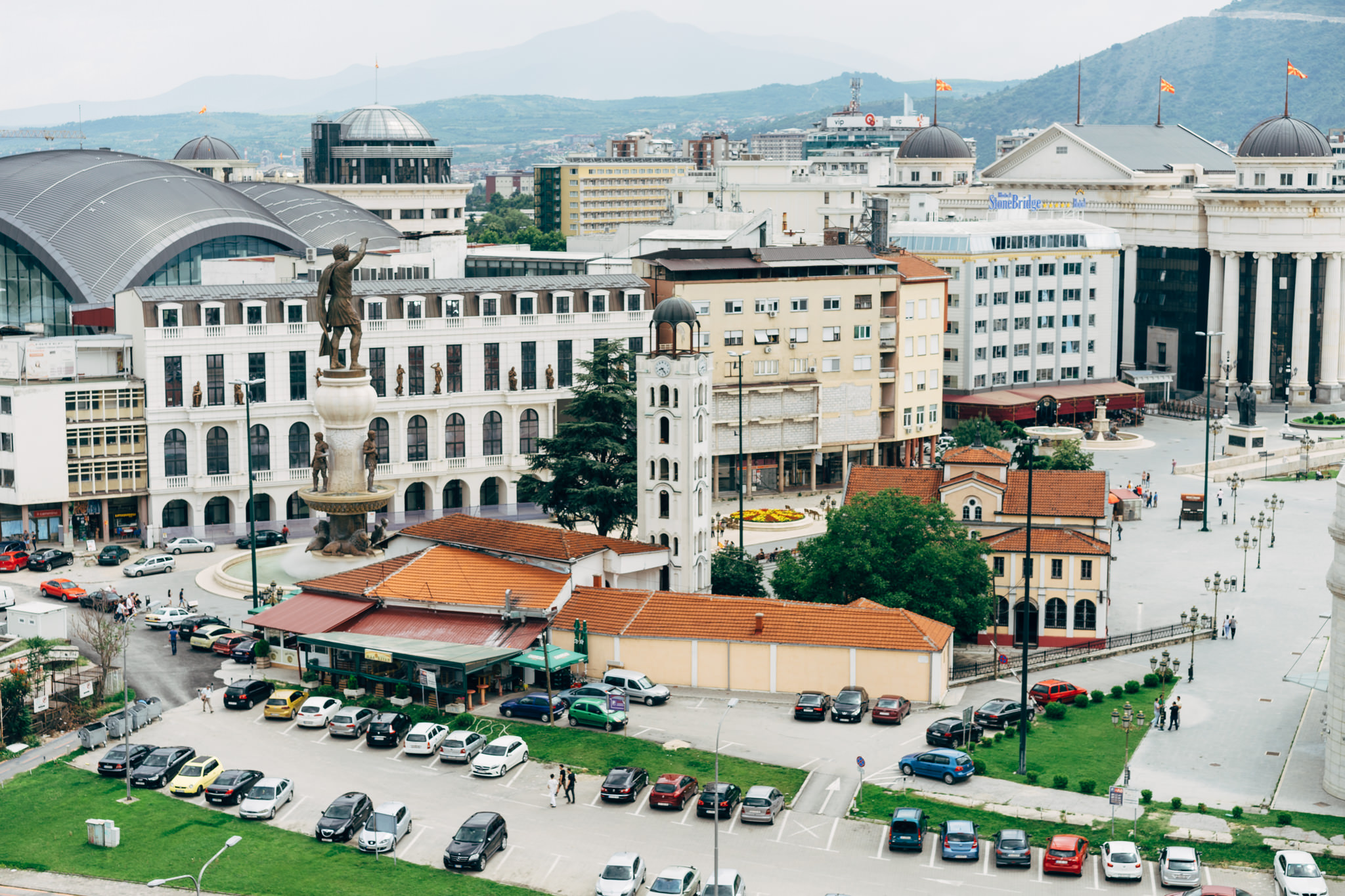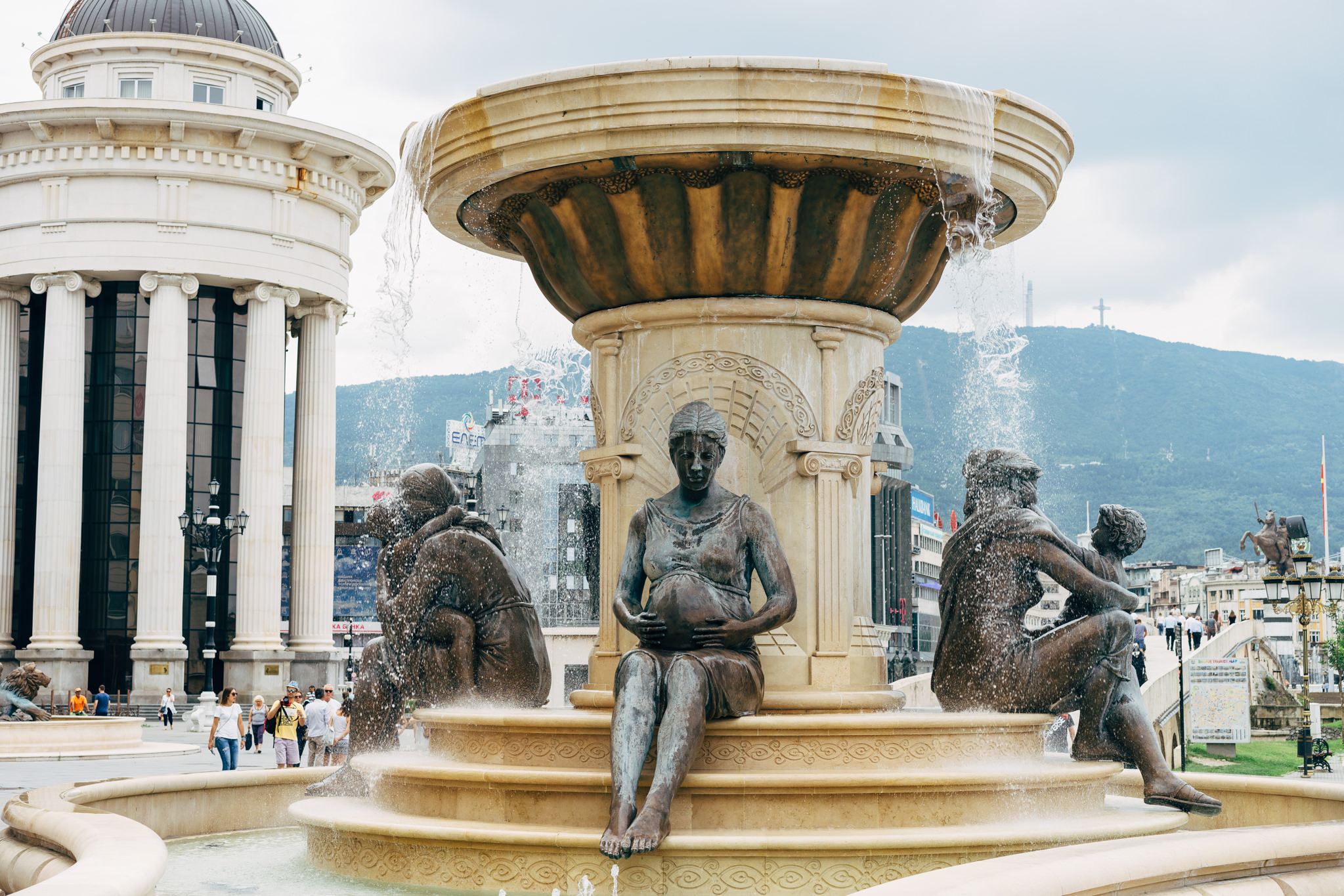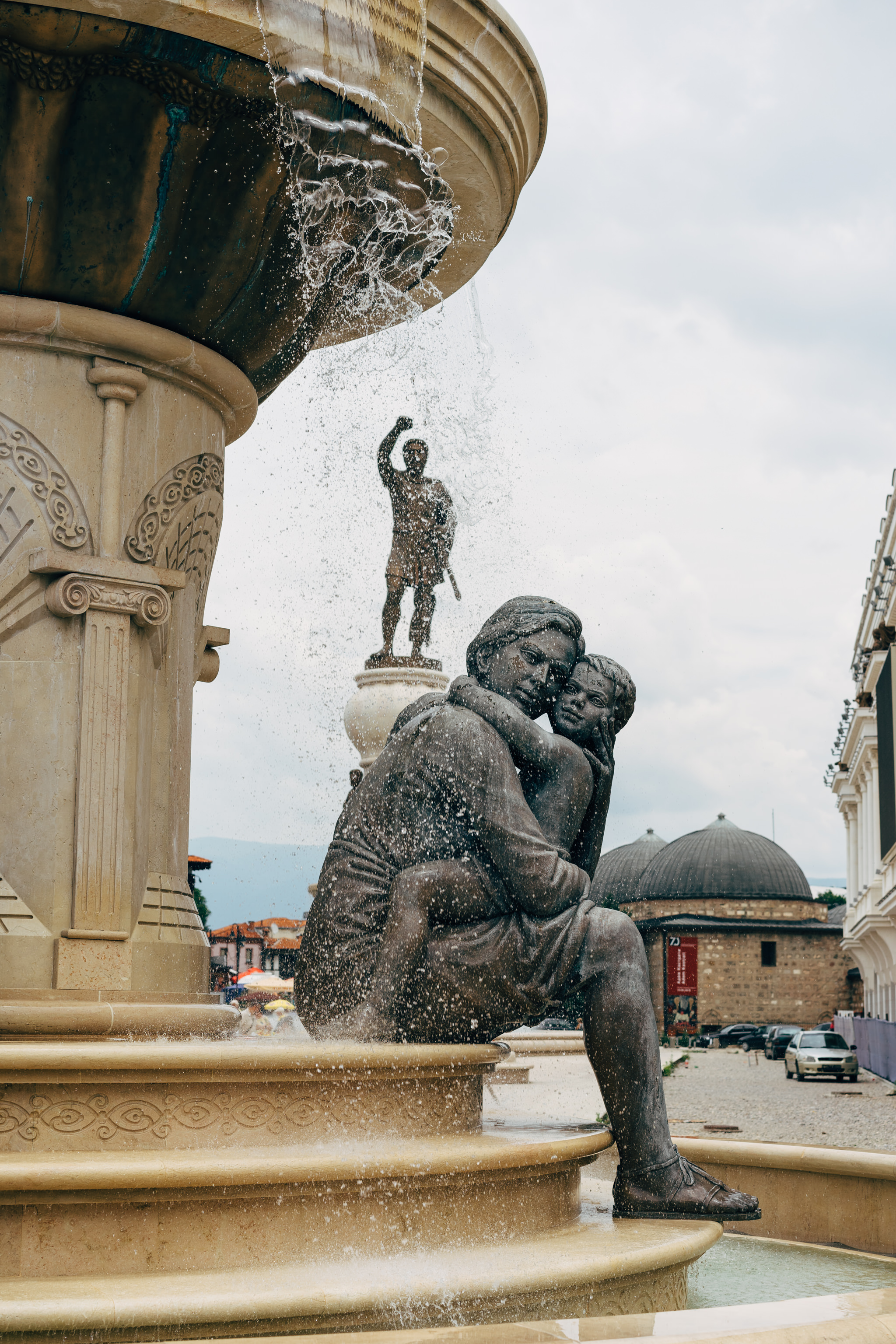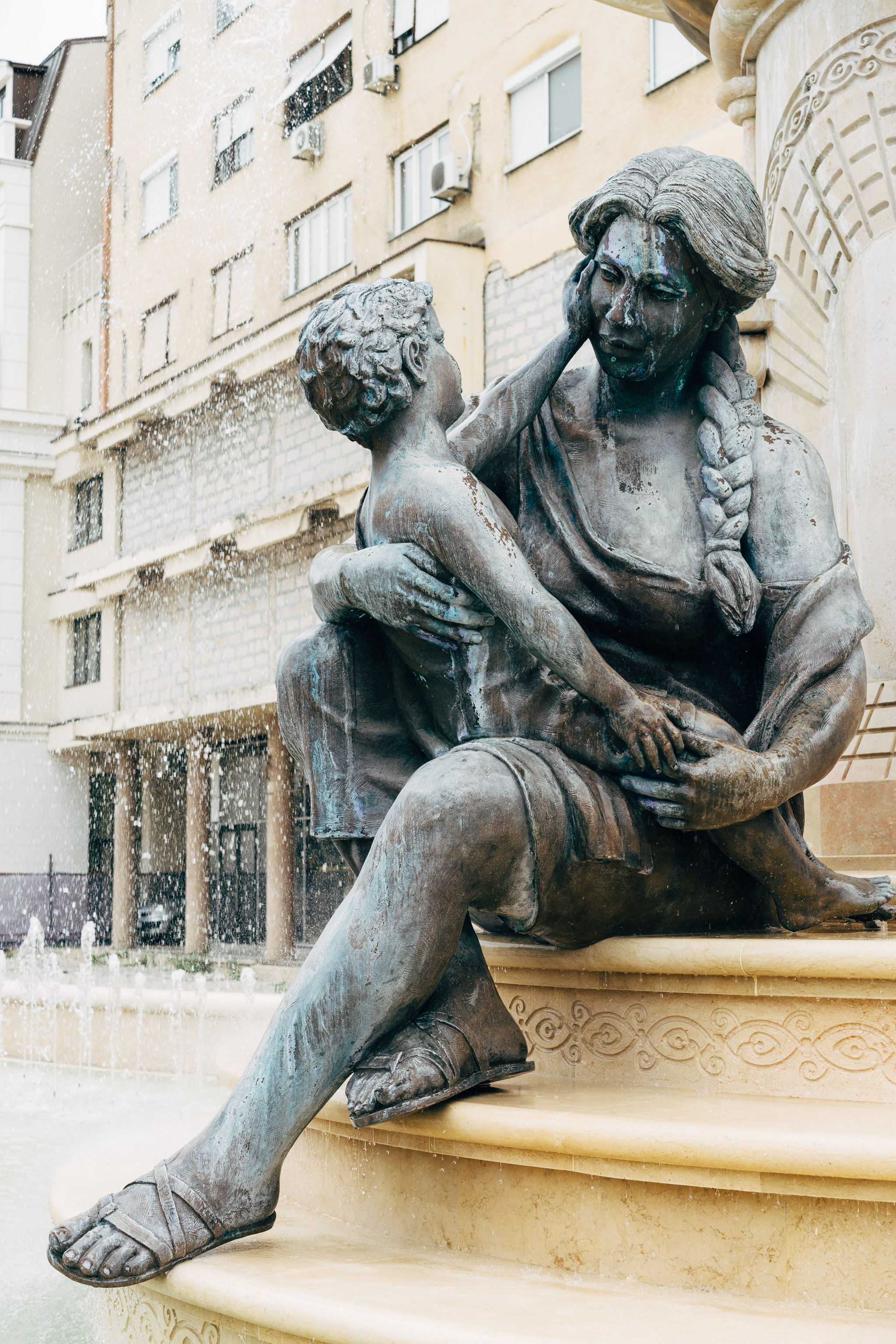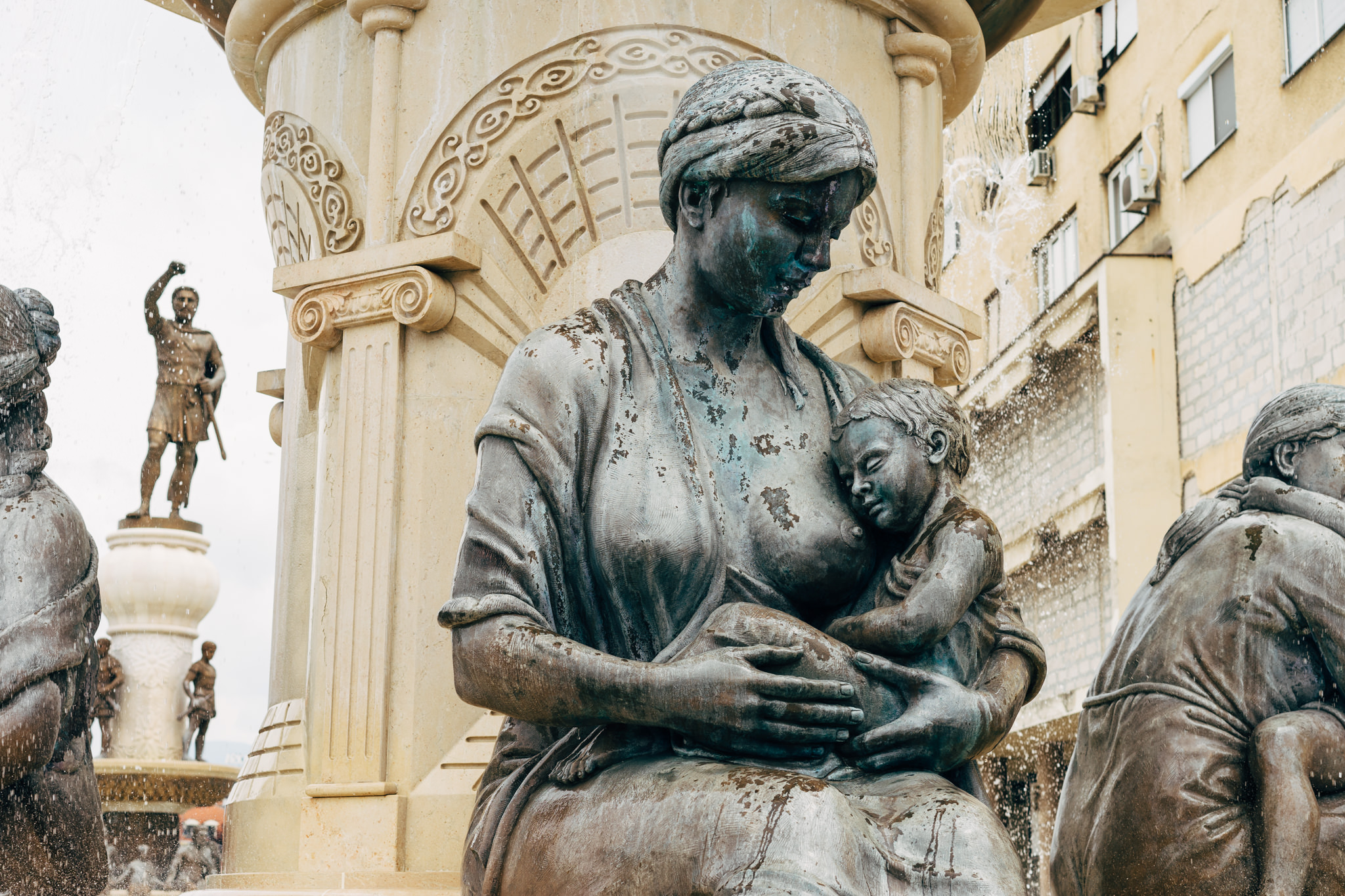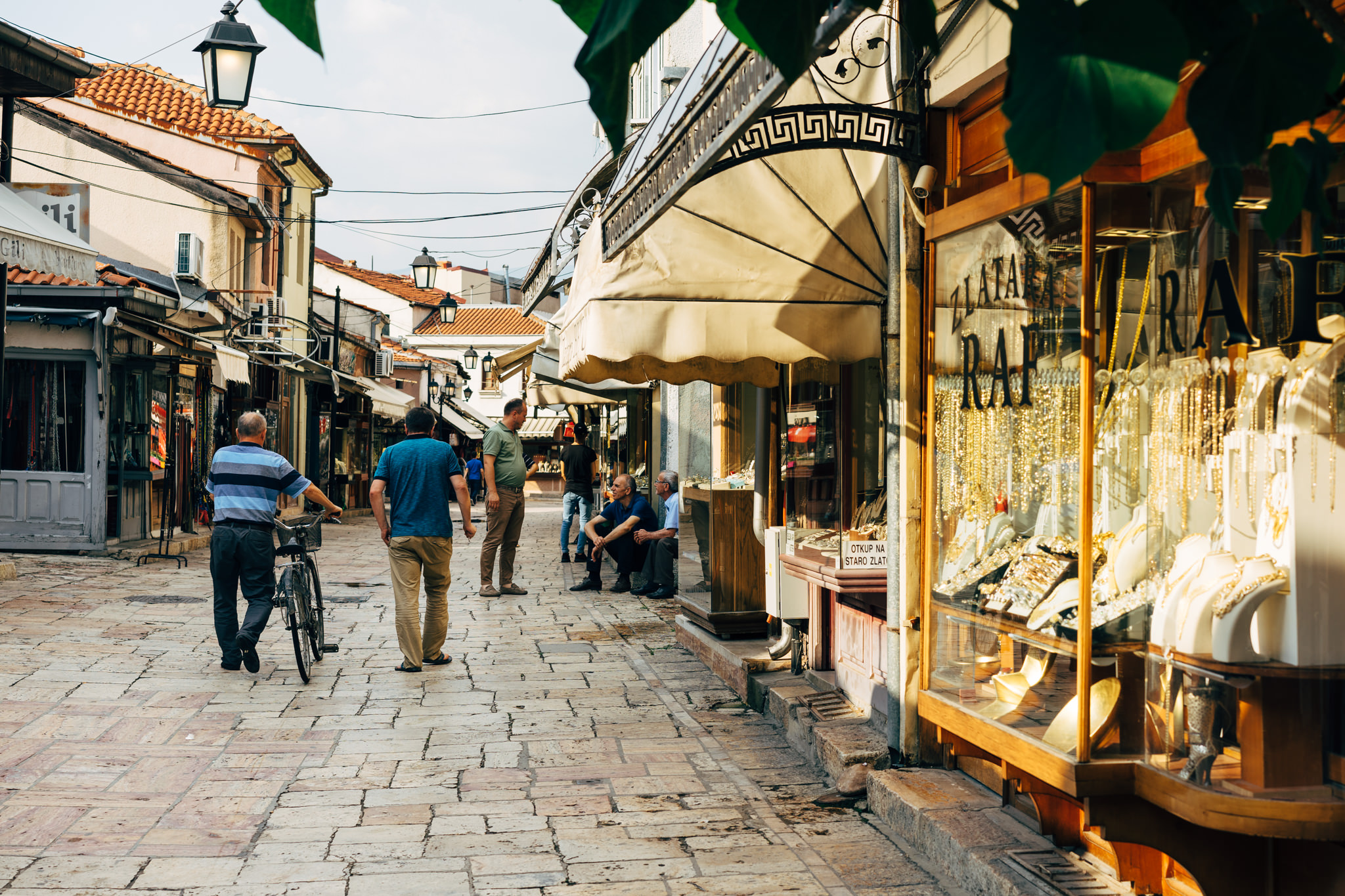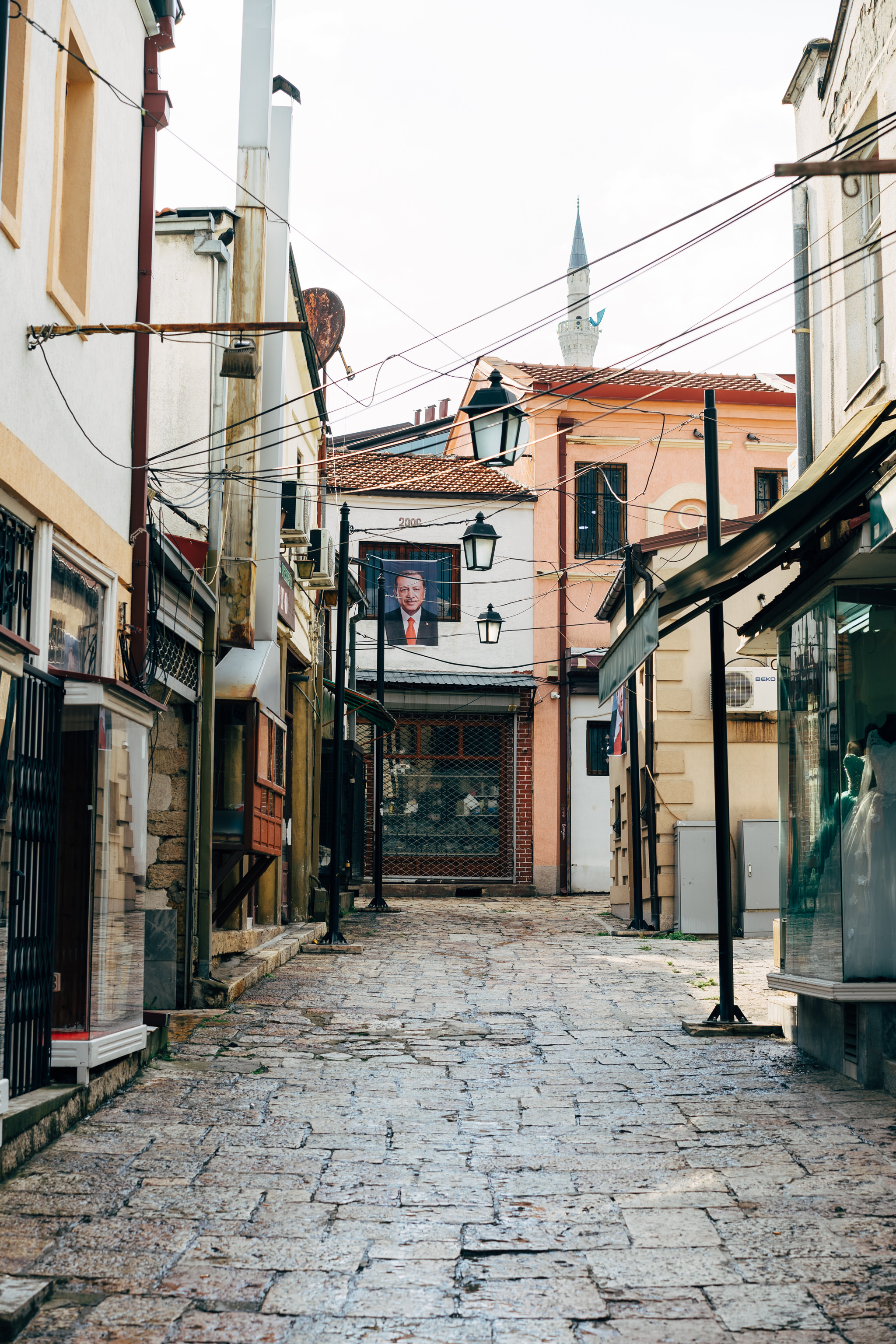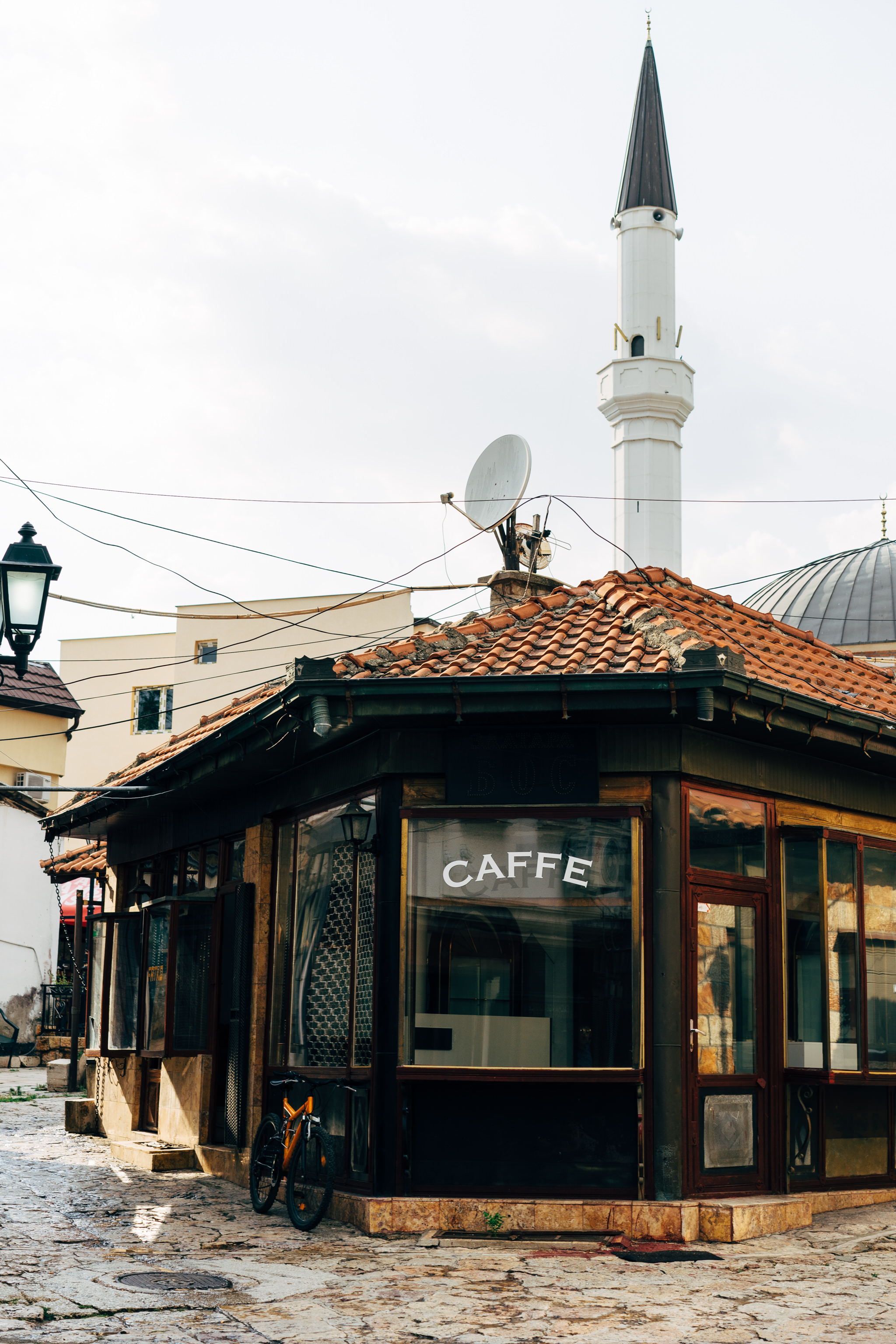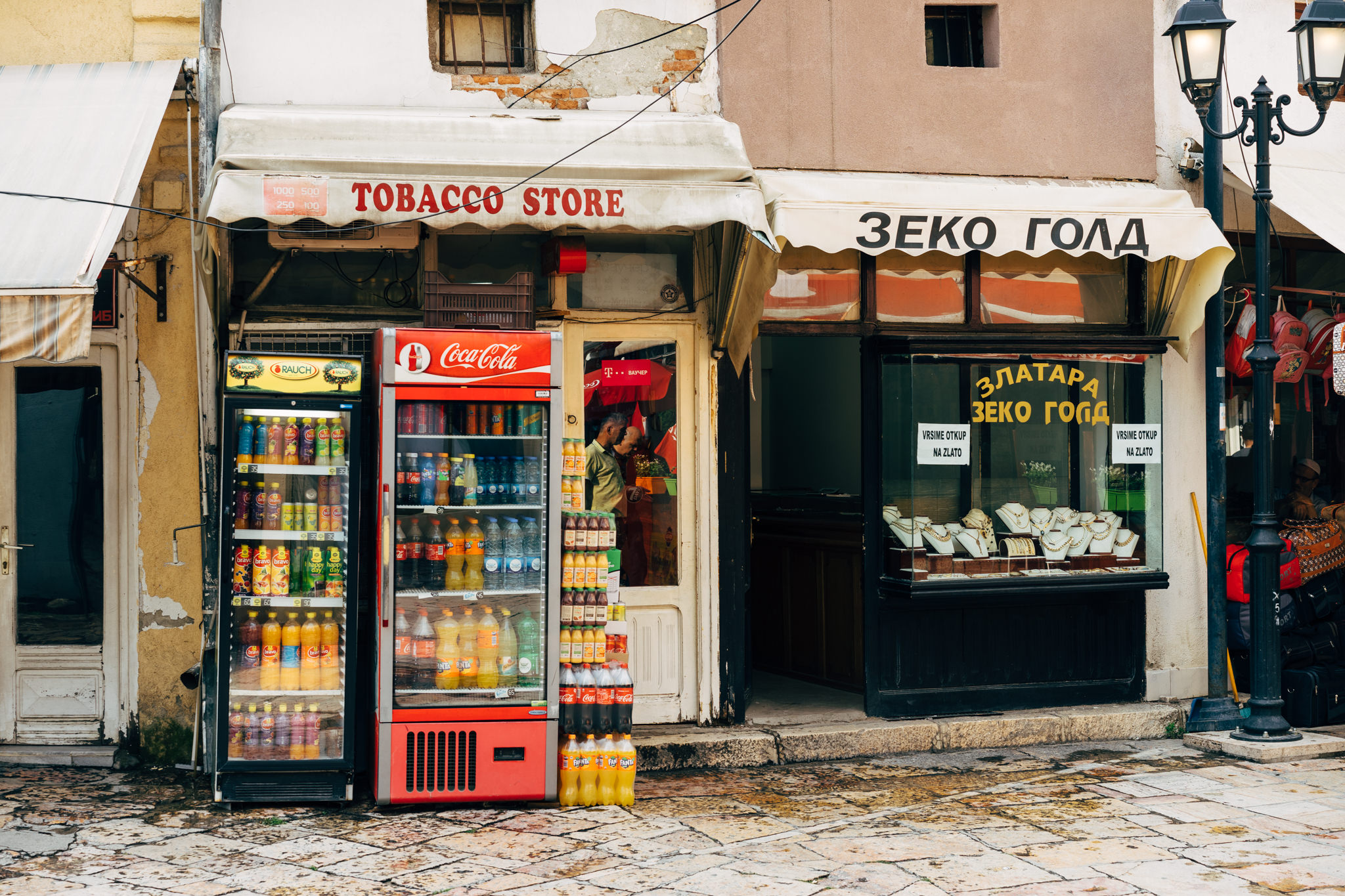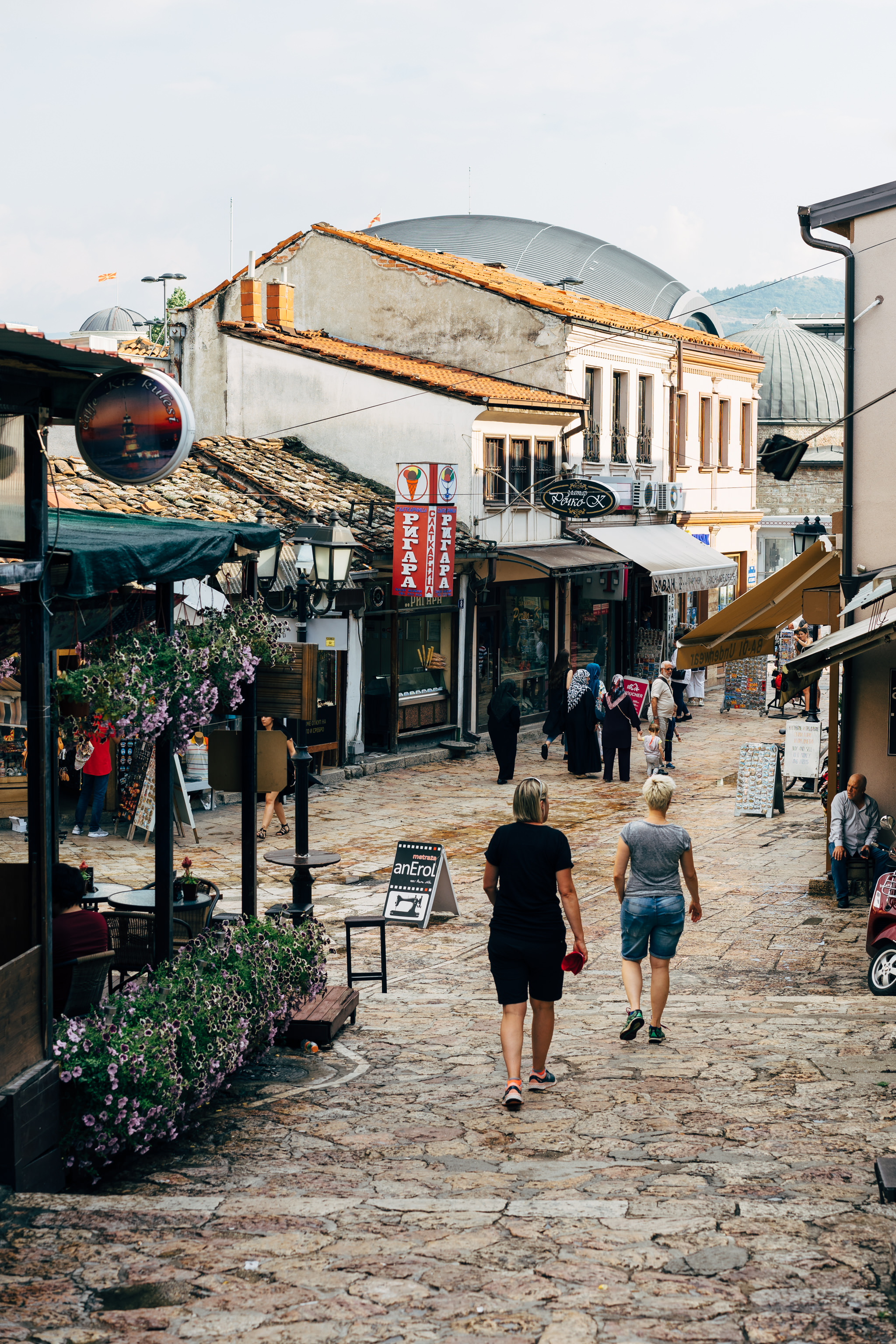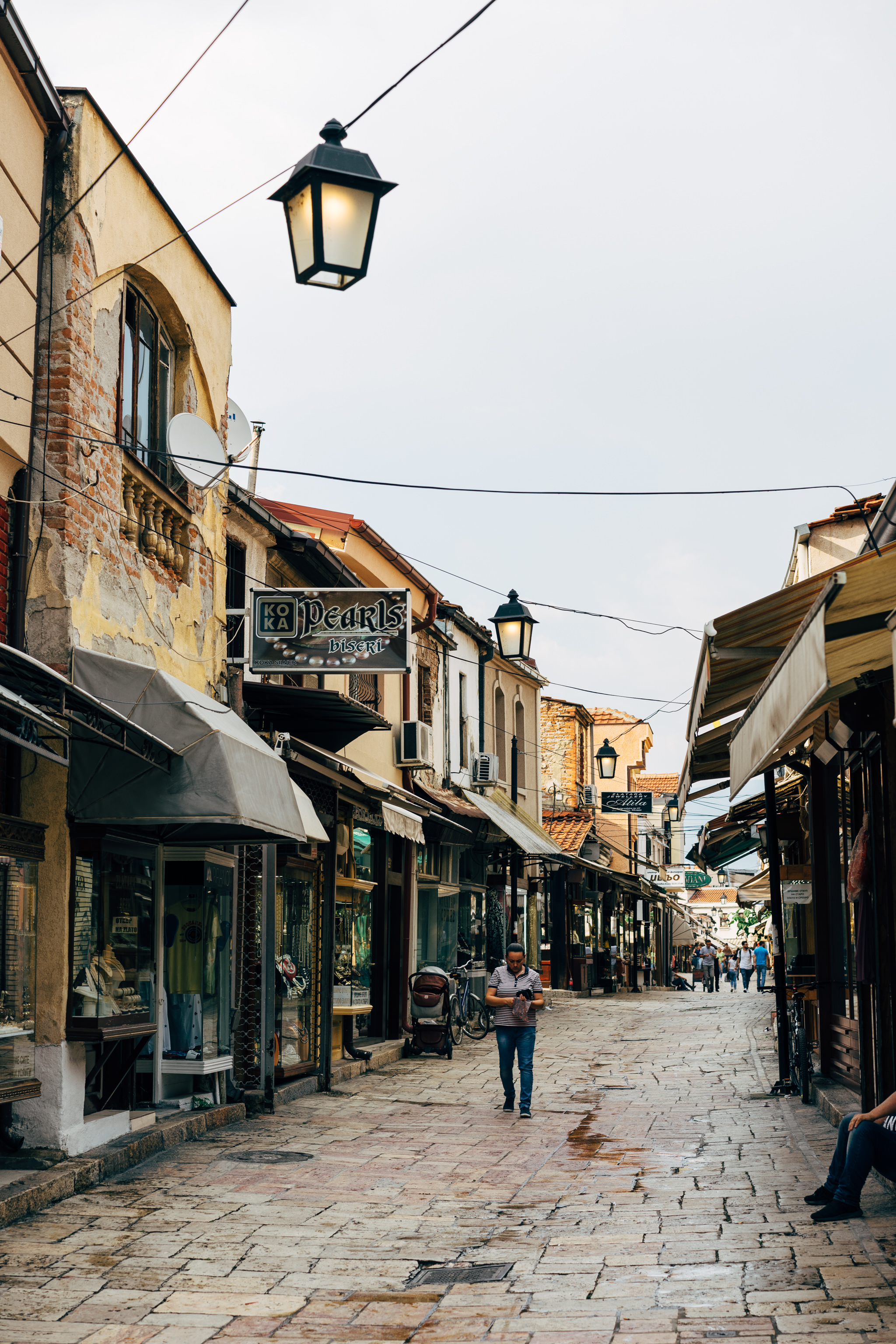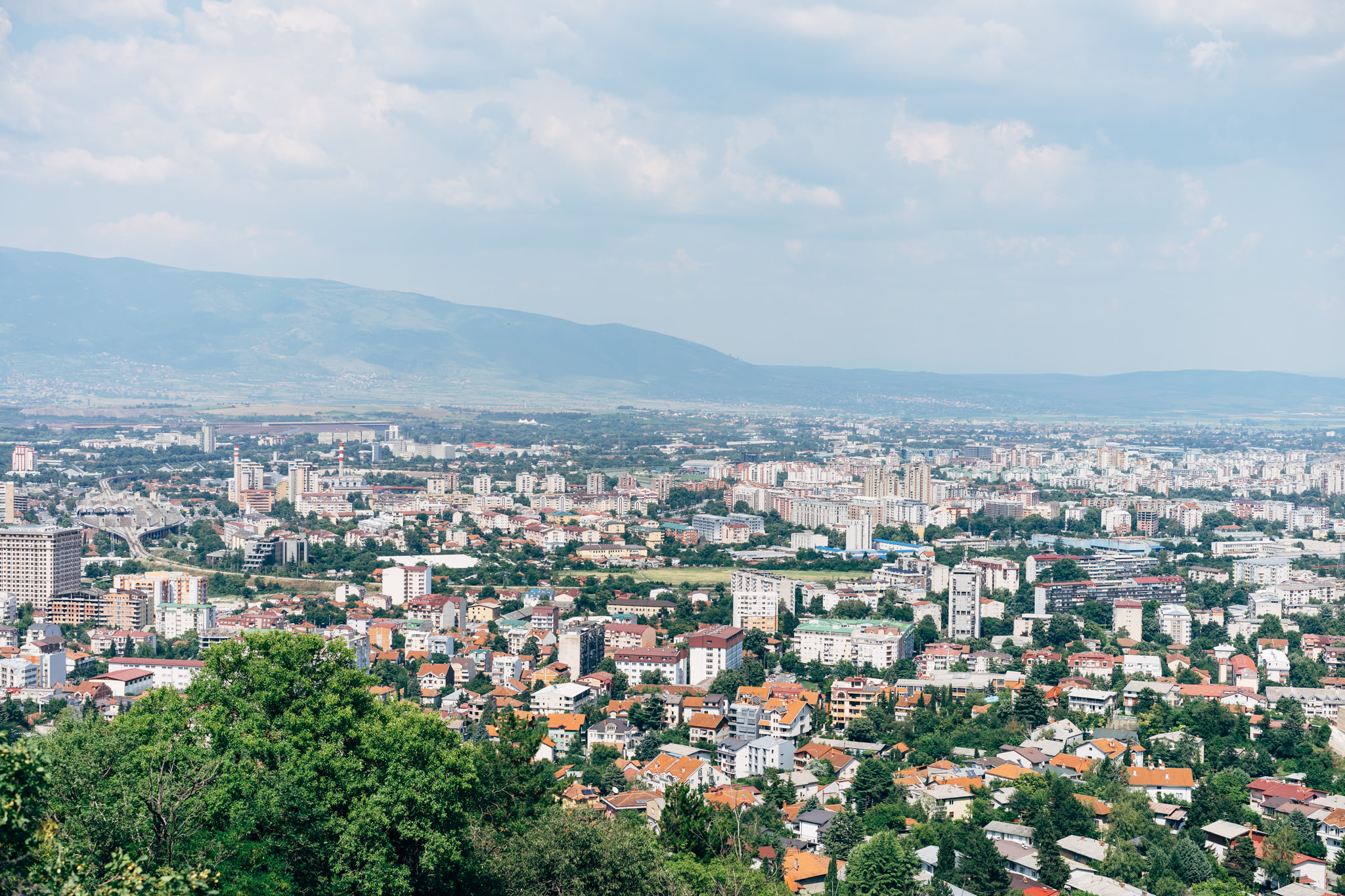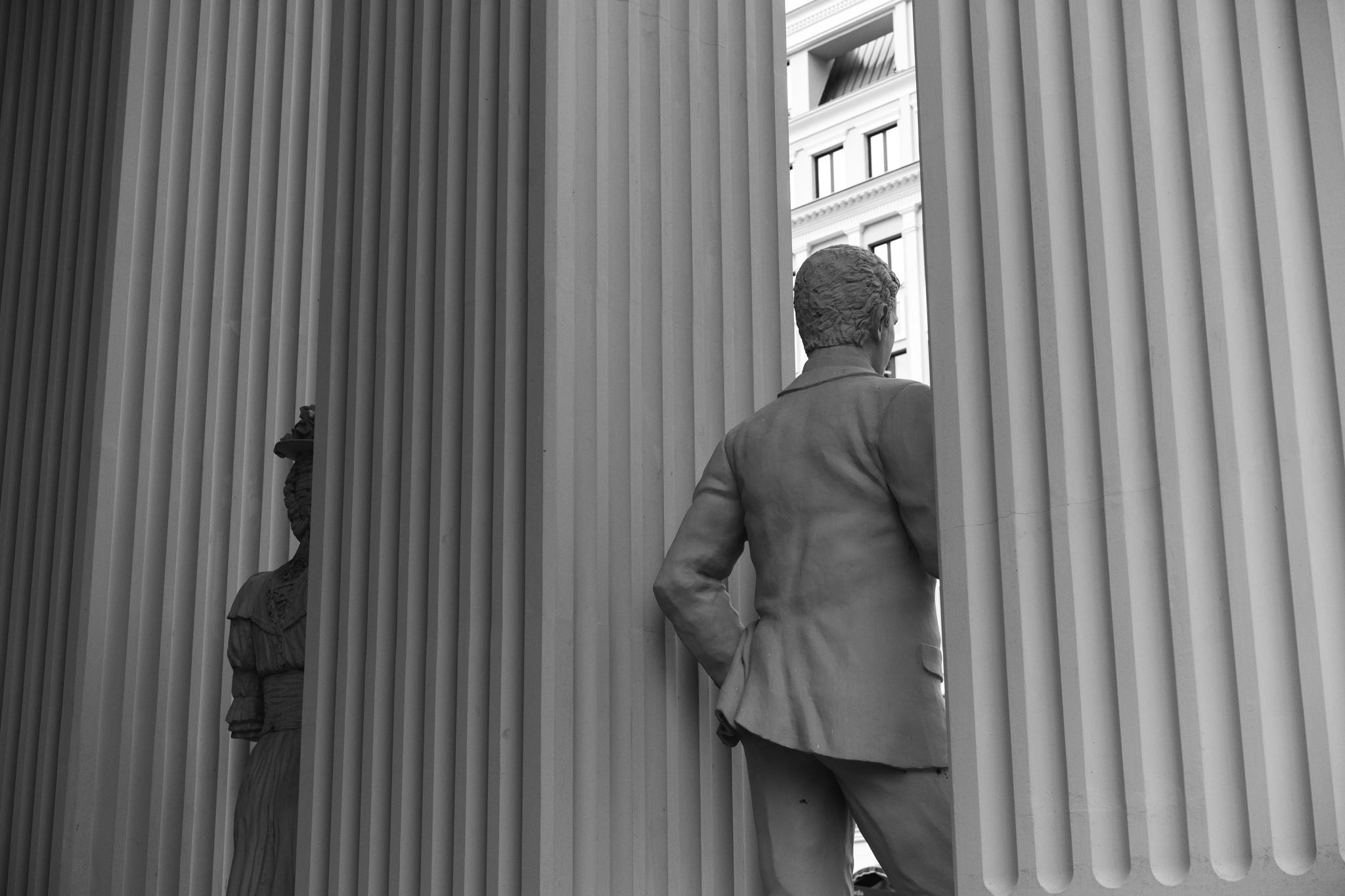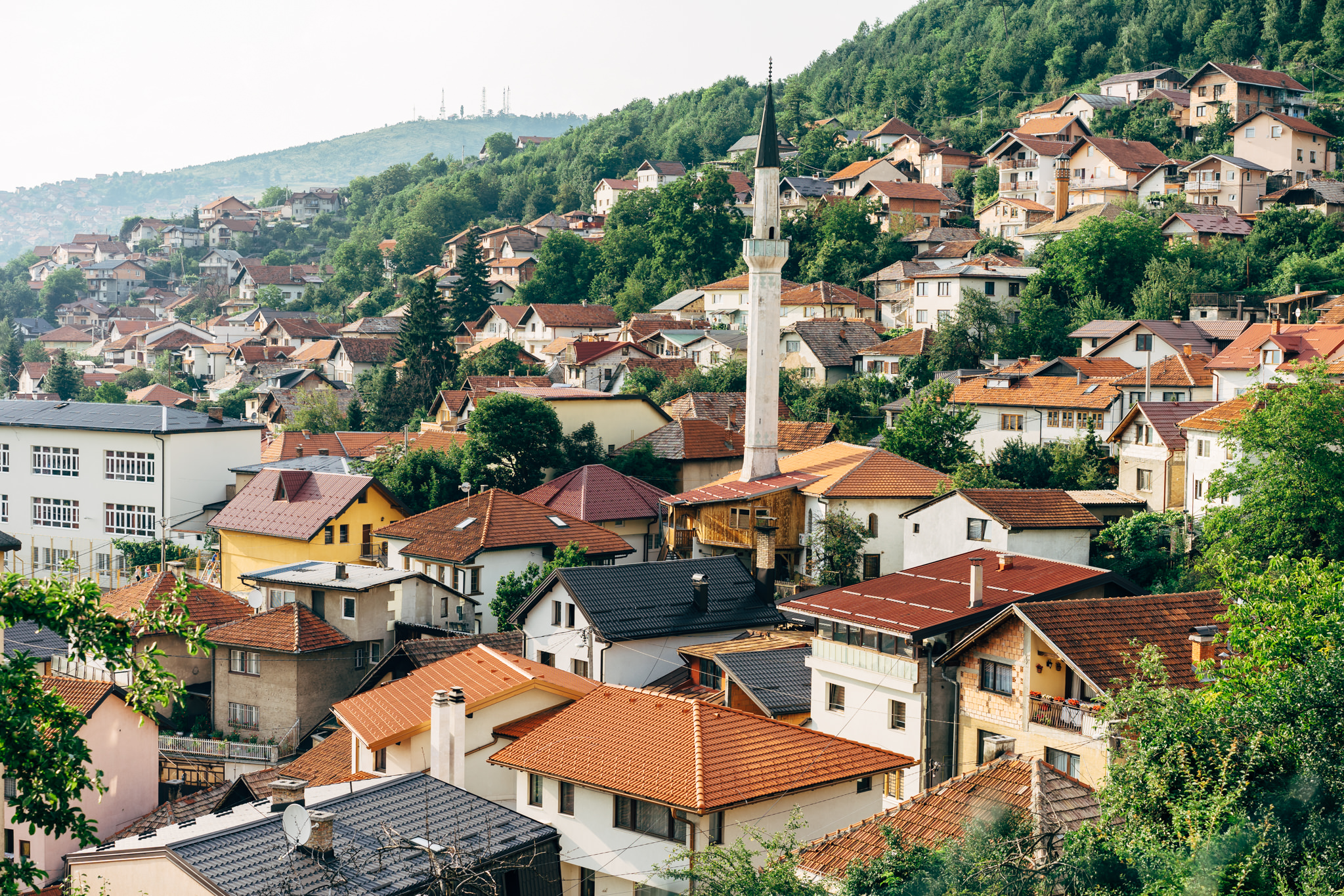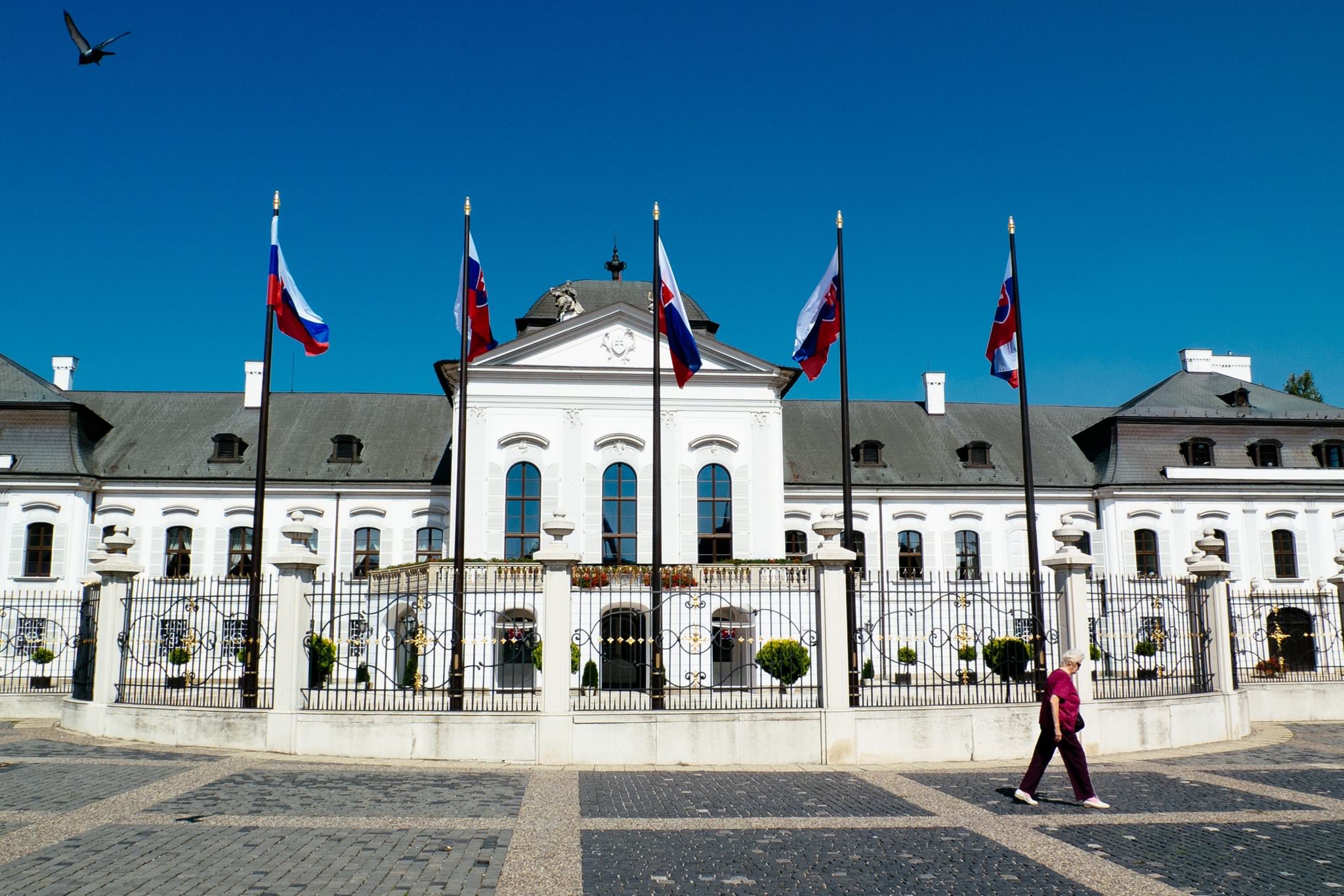Since 1991 Skopje has been the capital of the independent south-east European country Macedonia. However, the history of the city begins several thousand years back.The area where Macedonia’s largest city today is located has been inhabited for at least 4000 BC.
Over the centuries Skopje was under the control of various rulers. They were part of the Roman Empire, the Bulgarian Empire, the Serbian Empire and the Ottoman Empire. For the First Bulgarian Empire and the Serbian Empire it also served as capital for a time.
In the 1940s Skopje became the capital of the Democratic Macedonia (later Socialist Republic of Macedonia), which was part of the Democratic Federal Yugoslavia (later Socialist Federal Republic of Yugoslavia). Almost 50 years later it became the capital of today’s independent Macedonia.
Skopje is the largest city in the country with about 550,000 inhabitants and is home to about a quarter of all inhabitants of the south-eastern European country. The city is located on the Vardar River, which runs through the valley in which the city lies.
Macedonia and therefore Skopje are in a seismologically extremely active region, which often results in earthquakes. A decisive break in the history of the city was the earthquake in 1963.
On July 26, 1963 an earthquake with a magnitude of 6.1 hit Skopje. As a result, 1066 people lost their lives and around 80 percent of the city was destroyed. Among them many neoclassical and historical buildings in the city centre.
In the following years the city was largely rebuilt. The main focus is on practical modernist architecture. Which was one of the reasons that in 2010 a plan of the former government of the country under the then-ruling party VMRO-DPMNE was presented.
The project “Skopje 2014” was designed to give the city centre a more monumental look and thereby strengthen the Macedonian identity. This should be achieved through the construction of buildings and monuments.
Between 2010 and 2014, 136 structures were erected at a cost in the three-digit million euro range. Not only the high costs of the major project were criticized, but also the incorporation of historical figures into Macedonian history is a point of criticism.
In 2018, the project was set on hold and a commission to review controversial monuments and statues was established.
At the highest point of the town lies the historical Fortress of Skopje.
The Kale, the Turkish word for “fortress”, was built in 6th century from limestone and was destroyed by an earthquake in 518. However, it was rebuilt until it became a victim of the 1963 earthquake and was partially destroyed again.
